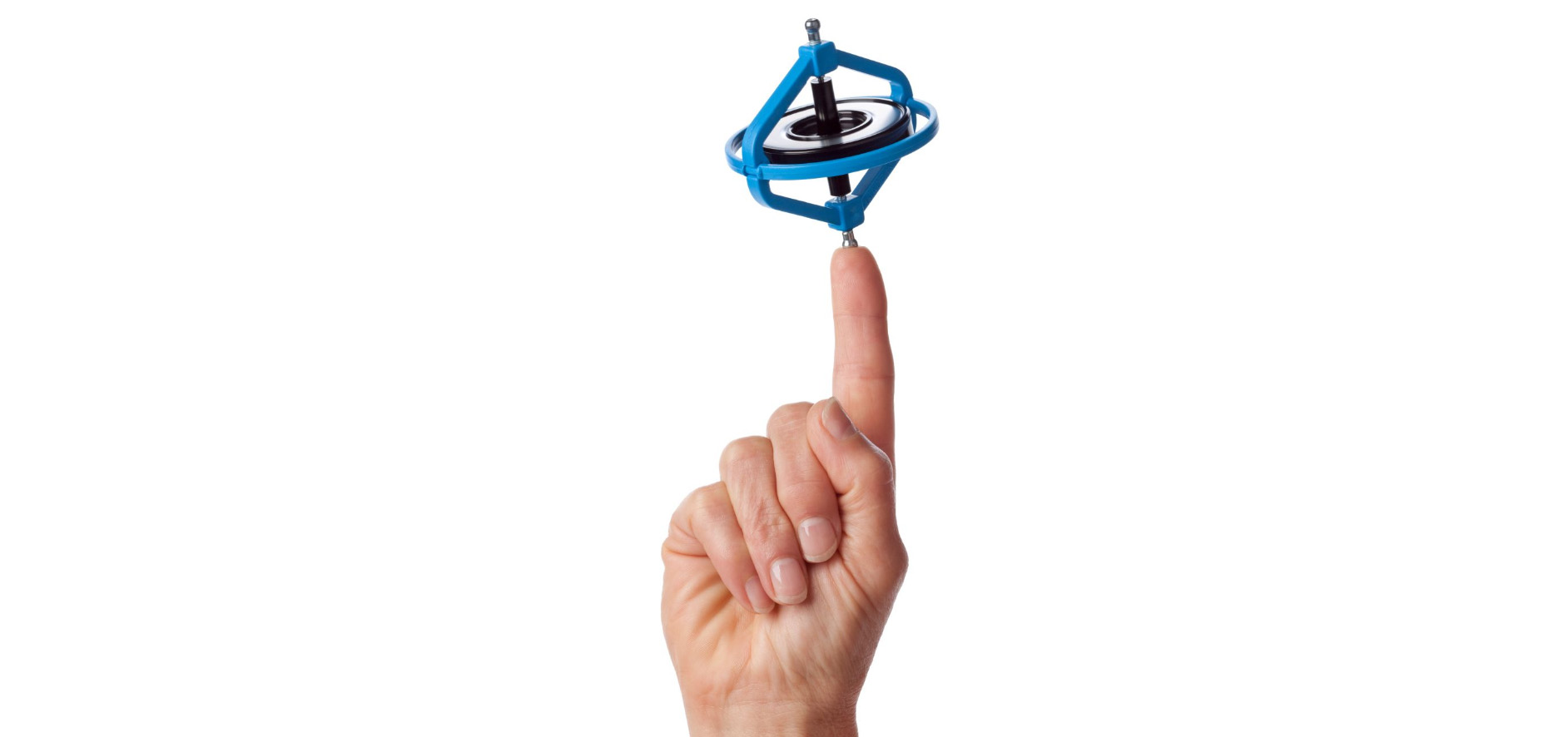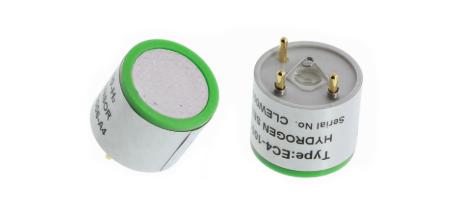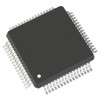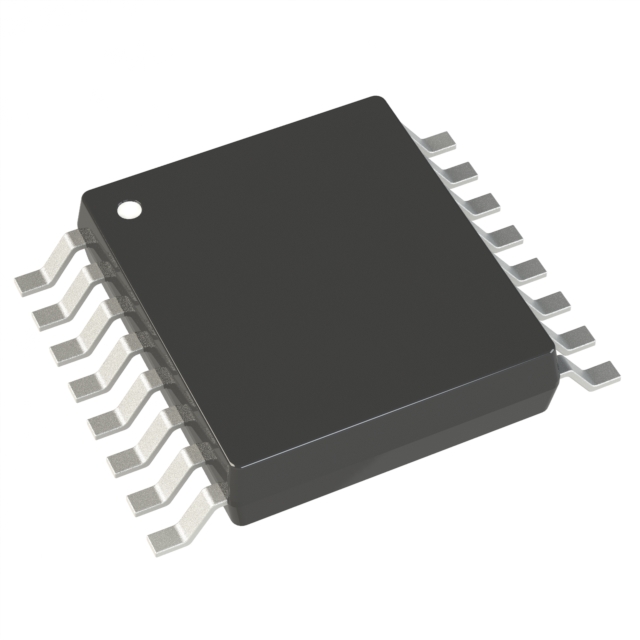| How a gyroscope works: |
| Types of gyroscope sensors: |
| apply: |
| Gyro characteristics: |
| The basic components and structure of the gyroscope are: |
The gyroscope sensor is a simple and easy to use positioning and control system based on free space movement and gesture. It was originally used in helicopter models, but now it has been widely used in mobile phones and other portable devices.
How a gyroscope works:
It utilizes the rotational inertia of rotating objects to serve our transportation and aerospace equipment. The direction in which a rotating object rotates does not
change without external force, for example, when we ride a bicycle, the faster the wheels rotate,the less likely it is to fall over because there is a force maintaining balance on the axle.
Nowadays, gyroscopes are also used in aerospace and defense industries, their working principle is based on the gyroscope effect and the conservation of angular momentum. Initially,
they were applied to helicopter models, but now they have been widely used in mobile devices such as smartphones.

Types of gyroscope sensors:
There are numerous types of gyroscope sensors, the first being the free-degree gyroscope sensor. It is mainly used to measure angular velocity or angular displacement in a single direction.
Rate gyroscopes, rate gyroscope sensors, unconstrained gyroscopes, and integrator gyroscopes are also included, capable of measuring angular velocity or angular displacement in multiple
directions, thus enabling a wider range of applications and meeting the needs of various environments. Gyroscope sensors can also evolve into more categories, such as fiber optic gyroscopes,
microcomputer gyroscopes, and micro-mechanical gyroscopes. The axis of rotation remains constant in space, which allows gyroscopes to measure the rotational state of objects. Specifically,
gyroscope sensors installed on moving objects rotate with the object's rotation, while the rotor maintains its stability in space through its own gyroscope effect and the principle of conservation
of angular momentum. By measuring the rotation state of the rotor, we can deduce the rotational speed and direction of the object.
apply:
National defense industry:Modern aviation, navigation, aerospace 、 defense industry applications、Door alarm.
Gyro characteristics:
The gyroscope has a very high stability when it moves. It is based on the inertia of the object, and has dynamic characteristics. These are the main characteristics of the gyroscope.
The development of the gyroscope.
A gyroscope is an instrument that can accurately and clearly determine the orientation of a moving object it is an inertial navigation instrument widely used in modern aviation navigation
aerospace and defense industries its development has very important strategic significance for the progress of a country's industry national defense and other high-tech fields.
Especially, fiber optic gyroscopes have developed very rapidly, and laser resonant gyroscopes have also made significant progress. Fiber optic gyroscopes have advantages such as compact
structure, high sensitivity, and reliable operation. Along with fiber optic gyroscopes, modern integrated vibration gyroscopes have also progressed, featuring higher integration levels.
In addition to the mechanical and electric frame gyroscope, some new types of gyroscopes have also appeared, such as electrostatic free rotor gyroscope, flexible gyroscope, laser gyroscope and so on.

The basic components and structure of the gyroscope are:
(1) Gyro rotor;
(2) Internal and external frames;
(3) Attachments (torque motor, signal sensor, etc.).
| Relevant Content |
 Electrochemical sensors Electrochemical sensors |
 humidity sensor humidity sensor |
 What is a Mass Airflow Sensor What is a Mass Airflow Sensor |
 Summary and principle of parking sensor Summary and principle of parking sensor |
 What is an oxygen sensor? What is an oxygen sensor? |









